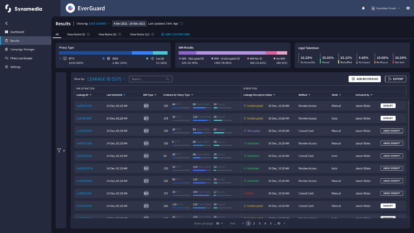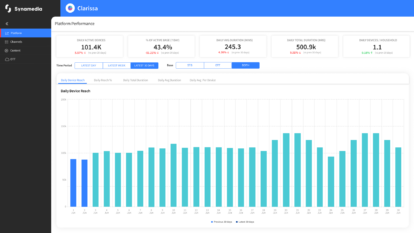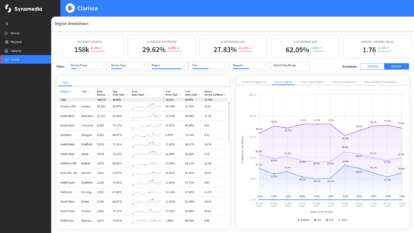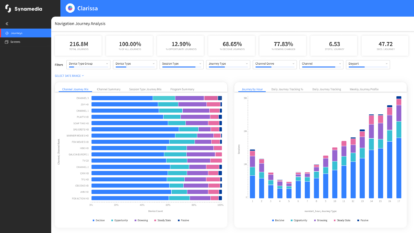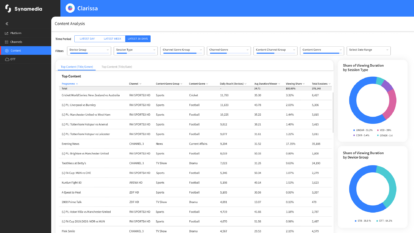LONDON – April 14, 2022 – Synamedia, the world’s largest independent video software provider, today announced that its VIVID Compression platform, powered by AMD EPYC™ 7763 processors, was one of a range of partners to support UK broadcaster BT Sport’s 8K-UHD broadcast of the Saracens vs. Bristol Bears Gallagher Premiership Rugby on March 26, 2022. This accomplishment was the UK’s first live 8K home broadcast of a top-tier sporting event delivered in 8K using a single CPU to encode the broadcast.
“Within six months, we’ve delivered on our promise to distribute 8K content at scale and cost-effectively to help kickstart the 8K economy,” said Elke Hungenaert, Vice President, Product Management, Synamedia. “Our highly efficient software-defined, AI-based compression algorithms, combined with the power of the AMD EPYC processor high core-counts, deliver on the market demand for immersive experiences to feel as if fans are ‘in the game.’ The global implications of this deployment with BT Sport will ignite live sports streaming in 8K for years to come; we’re excited to be a part of it.”
Along with the AMD EPYC processors, VIVID Compression delivers pin-sharp sports scenes by eliminating the need for multiple tiles and other technology tricks which compromise video quality. Its Artificial Intelligence (AI)-based algorithms remove the need for technology trade-offs by leveraging the full codec toolset, powered by AMD EPYC 7763 processors.
“Our technology partnership with Synamedia has already helped drive the industry forward, and we’re proud to support companies like BT Sport on their mission to deliver high-quality viewing experiences,” said James Knight, director, Global Media & Entertainment – VFX, AMD. “Our collaboration has already supported one industry-first, and we’re excited for the many more to come.”
This deployment has proven that there is no need to split the 8K signal into 4K quadrants, nor for dedicated CPUs or other hardware acceleration. With Synamedia’s software capabilities and AMD EPYC processors, premium quality 8K video is available today at an affordable price point with less dependency on expensive hardware.
VIVID Compression will be at NAB 2022 in Synamedia’s booth, W10113. Schedule a meeting here .
About Synamedia
We’re trusted by over 200 video service providers to deliver, protect and monetize video content in an increasingly IP world. Synamedia’s flexible incremental architecture provides a rapid, friction-free way to add, build and deploy cloud-based video services. Our award-winning portfolio also includes intelligence-led anti-piracy, advanced advertising, business analytics, broadband, and video network solutions and services. Synamedia’s technology is in 320 million active devices and protects $70 billion in revenue annually. Synamedia is backed by the Permira funds and Sky.
AMD, the AMD Arrow logo, EPYC and combinations thereof are trademarks of Advanced Micro Devices, Inc.
Twitter: @SynamediaVideo
LinkedIn: Synamedia
For press and analyst queries, please contact:
Noelle Rutolo
Breakaway Communications for Synamedia
About Synamedia
We’re trusted by service providers and content owners to deliver, enrich, and protect video. The flexibility and agility of our cloud and SaaS products enable customers of all types and sizes to launch, monetise, and scale services at speed. Our award-winning portfolio includes advanced advertising, business analytics, broadband and streaming video platforms, intelligence-led anti-piracy, and video network cloud and software solutions. Synamedia is backed by the Permira funds and Sky.
Twitter: @SynamediaVideo
LinkedIn: Synamedia
